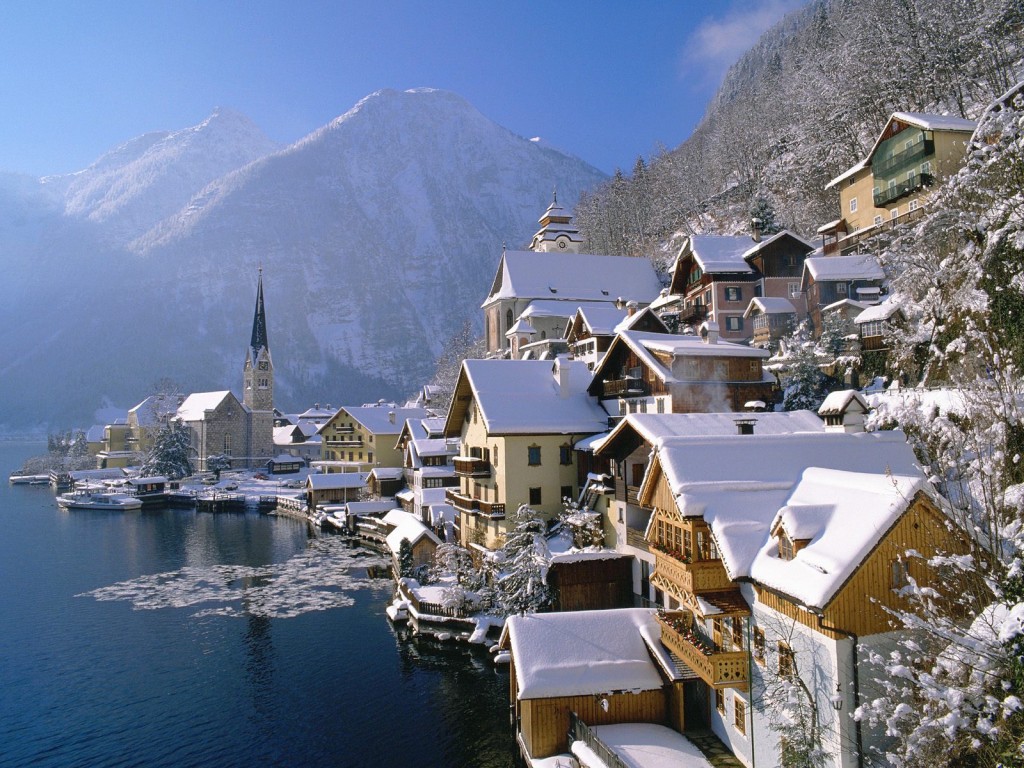Enjoying our inexpensive Christmas and New Year Tours is a wonderful way to make the most of the festive season. Guests are able to enjoy experiences in 5 European countries as we tour through Paris, the Swiss Alps, the Rhine Valley, Amsterdam and Bruges. Our guests will spend a Christmas like no other, soaking up the many diverse cultural and traditional pleasures.
Here are a few interesting facts about the way that Christmas and the New Year are celebrated across Europe!
- The custom of the Christmas tree, or Tannenbaum, originated in 15th Century Germany.
- French children put their shoes in front of the fireplace, in the hopes that Père Noël (aka Papa Noël) will fill them with gifts.
- In the run up to the main festive season, Switzerland and Germany in particular hold Christmas Markets, where visitors can shop for gifts, decorations and trinkets, eat and drink, listen to carols and soak up the festive cheer, a tradition dating back to the 14th century.
- La Messe de Minuit (Midnight Mass) on Christmas Eve is still important for many families. It is followed by a huge feast at home or in a restaurant, called le Réveillon, a symbolic awakening to the meaning of Christ’s birth.
- Dutch children in the Netherlands anxiously await St. Nicholas Day on December 6. Families celebrate St. Nicholas Eve at home with lots of good food, hot chocolate, and a letterbanket – a cake with the family surname’s initial on it. All presents come from “Sinterklaas” a kindly bishop in red robes.
- In Germany, people make an Advent wreath of fir or pine branches with four coloured candles. They then light one candle each Sunday leading up to Christmas.
- In Belgium there are two Santa Claus figures. There is St. Nicholas or Père Noel depending on whether the family speak Dutch or French.
- The Swiss traditionally wait for the Christ child called Christkindli, to arrive with gifts for everyone in his reindeer-drawn sleigh.
- For Christmas dinner Germans eat goose, dumplings and red cabbage; France’s Reveillon meal may include lobster, oysters, turkey and chestnuts; the Dutch may have a ‘gourmet’ evening of various pan-fried meats, fish and vegetables; the Belgians eat turkey and potato croquettes; the Swiss may eat boiled ham, but it depends on the region.
In order to enjoy the best that the festive season can bring from across Europe take a look at our Christmas & New Year Tours.
